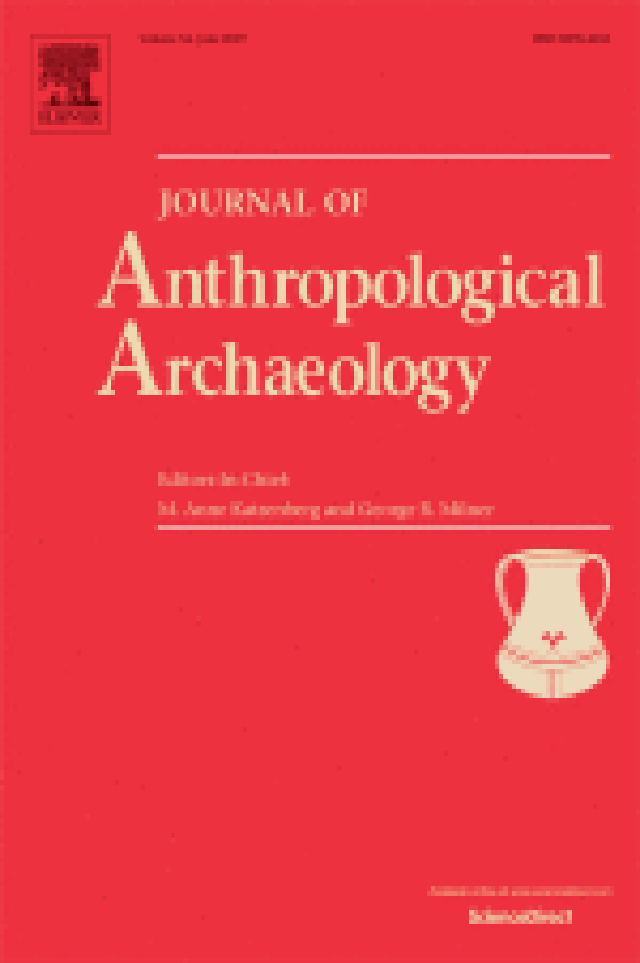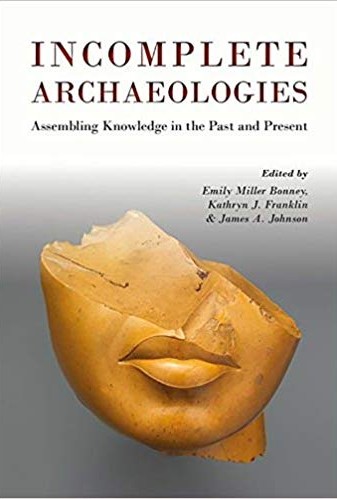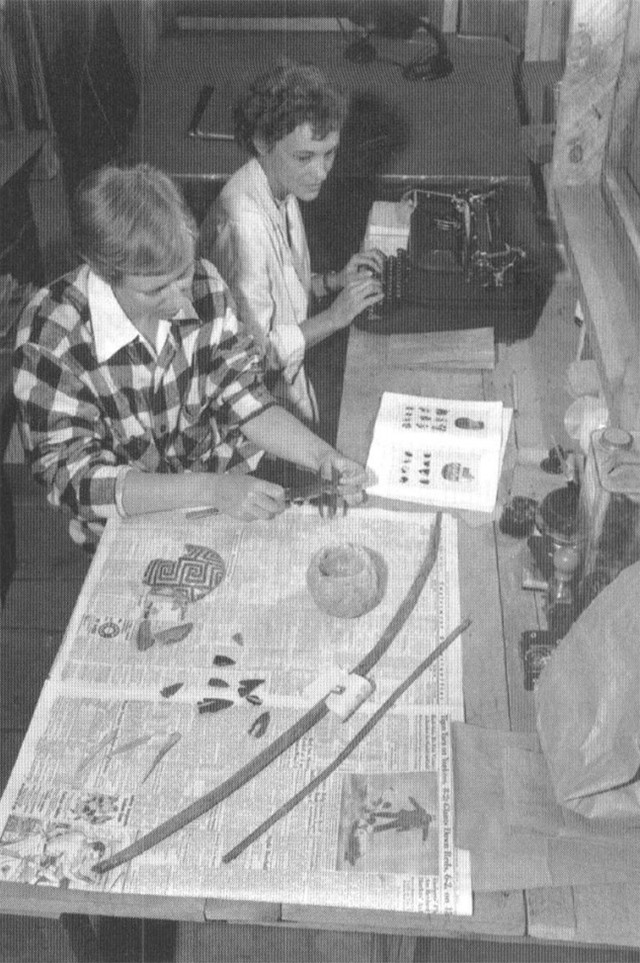Hannah Chazin
Research Interests
Research Concentrations
Human-Animal Relationships, Political Anthropology, Semiotics, Archaeological Theory and Methods, Zooarchaeology, Isotope Analysis
Regions
Eurasia, Caucasus; South Caucasus
Biography
Chazin’s current research focuses on how human-animal relationships shaped systems of value and political power and inequality in the past and how these relationships can be investigated materially through archaeology. She is also deeply interested in rigorously understanding how archaeologists use material sciences to generate understandings of the past, present, and future.
She is finishing work on a book, Live Stock and Dead Things: Zoopolitics between domestication and modernity (University of Chicago Press), that uses new archaeological interpretations of human-animal relations in the Late Bronze Age South Caucasus to pull apart the deep-seated narratives that seek the origins of contemporary forms of inequality and instrumental relations with nonhuman animals in the deeper past of animal domestication. Taking an innovative approach to zooarchaeological data, the book demonstrates how post-Neolithic, "pre-modern" herding societies were a space of potential -- one where the capacities of both humans and herd animals were altered by novel material-semiotic practices and multispecies labor relations, creating value beyond calories or "cash".
Questioning the ways that archaeological methods (and story-telling more broadly) assume links between the past and present, it argues that herds and herders in the Late Bronze Age were not a middle point between domestication and modernity. The unexpected nature of the entanglements documented for the Late Bronze Age highlights how humans' relationships with domesticated herd animals in the deeper past did not funnel towards a singular future, marked by instrumental exploitation and inequality, and emphasizes the need to rethink how we link the present and the past (and the future) through our stories about human-animal relationships.
She is currently the co-director of the Karashamb Animals Project, which is analyzing the animal remains included in burials in the Bronze and Iron Age necropolis at Karashamb, Armenia. Through zooarchaeological and isotopic analysis of faunals remains, the project asks what the incorporation of animals in mortuary practices can tell us about human-animal relationships in the Middle and Late Bronze Ages in the South Caucasus. Previously, she has done archaeological fieldwork in Armenia, Russia, Chile, Cambodia, and the western United States.
Education
University of Chicago, PhD in Anthropology, 2016
University of Chicago, MA in Anthropology, 2011
2019. Coauthor with Gwyneth Gordon and Kelly J. Knudson. “Isotopic Perspectives on Pastoralist Mobility in the Late Bronze Age South Caucasus.” Journal of Anthropological Archaeology 54: 48-67.
2018. Coauthor with Soudeep Deb, Josh Falk, and Arun Srinavasan. “New Statistical Approaches to Intra-Individual Isotopic Analysis and Modeling Birth Seasonality in Studies of Herd Animals.” Archaeometry 61, no. 2: 478-493.
2016. “The Life Assemblage: Rethinking the politics of pastoral practices.” In Incomplete Archaeologies: Assembling Knowledge in the Past and Present, edited by Miller-Bonney, E., K. Franklin, and J. A. Johnson, 28-47. Woodbridge, CT: Oxbow Press.
2013. Coauthor with Stephen E. Nash. “Moments, Movements, and Metaphors: Paul Sidney Martin, Pedagogy, and Professionalization in Field Schools, 1926-1974.” American Antiquity 78, no. 2: 322-343.



